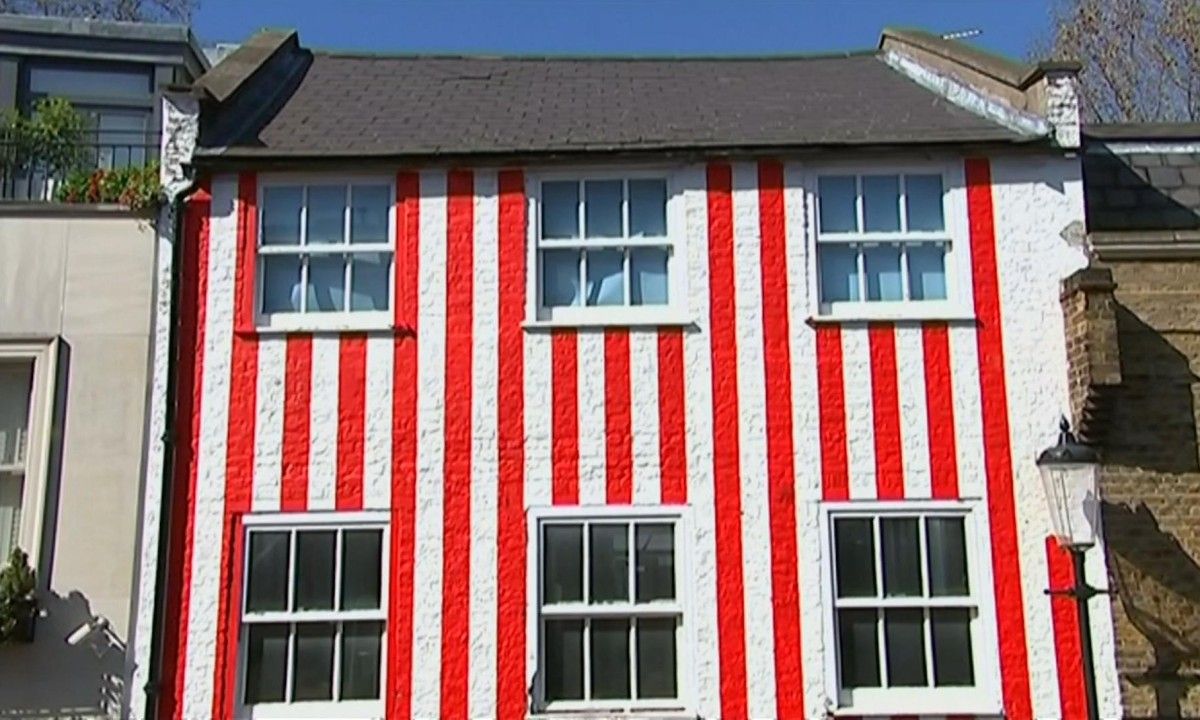Don’t forget about those PD rights!
In 2014, the claimant built an extension and outbuilding on the back of a semi-detached family house which it turned into 3 self-contained flats. For good measure, it linked the extension and outbuilding. The outbuilding, which was bigger than the house, was said to be a gym and office. Enforcement action was taken. The notice was upheld on appeal.
This decision was challenged in the High Court and, following success for the appellant at a permission hearing, remitted by consent back to the inspectorate for redetermination on the basis that the inspector had failed to consider the availability of PD rights for the extension and outbuilding. On redetermination, the second inspector upheld the notice in the same way as the first. This second determination was also challenged in the High Court. The challenge was not resisted by PINS and the matter went back to a third inspector for a third determination!
16 possible permutations (based on various possible uses of the main house and various extension and outbuilding combinations) were put to the third inspector; in the end, the appellant pursued only 2. The inspector rejected the appellant’s favoured approach of two flats plus extension in the main building and a non-residential ancillary outbuilding. However, the inspector granted permission for the second option ie main building as a single dwellinghouse with extension and with the outbuilding removed to create adequate amenity space for the house. To secure this, the inspector imposed a condition restricting Class E PD rights to build any future outbuilding. This was not enough for the appellant who appealed the decision yet again.
The basis of the challenge was that the inspector was said to have stated at the hearing that he did not think he had power to remove Class E rights by condition and the parties had agreed with him. In the decision, he was said to have changed his mind without notice to the parties. It must be said that there was some factual doubt about this; the inspector himself did not recall making such a statement and evidence was that, if made, it was made in a context that did not cover the second option. In any case, the challenge was put on the basis that the parties were denied the opportunity to address the possible condition, not that it was necessarily impossible to impose one.
The inspectorate argued that there had been such an opportunity, that it was addressed in the council’s statement of case, and that the only reason the extension was retained was the removal of the outbuilding so that, even had the condition been discussed, there was little the claimant could have said against it. The claimant argued that the condition removed his right to construct a smaller, and truly ancillary, outbuilding.
The court sided with the appellant. The inspector had raised the possibility of a smaller outbuilding as a concept but found that he had no details which would allow him to reach a decision on it. The court held that an opportunity to discuss the condition would have allowed discussion of such a possible outbuilding and allowed finessing of the condition. There was a procedural unfairness in the failure to do so and that required that the decision be reconsidered. The challenge succeeded.
Interestingly, and somewhat unusually, it seems that the matter was not remitted for reconsideration. Instead, the parties were invited to agree a position or make submissions to the court. The judge said “this is not an opportunity to re-argue the merits”.
Two other grounds of appeal were dismissed. In particular the court accepted that the inspector’s view that the outbuilding was not required for a purpose incidental to the enjoyment of the main house as a dwellinghouse was one he could reasonably have come to. The inspector had not simply looked at size relative to the main house but had considered other matters such as proposed use and the amount of space required for proposed contents of the outbuilding.
It is not unusual for decision letters to depart somewhat from the manner in which the case it put by the parties, particularly in written representation appeals. To some extent, that is part of the decision process. Sometimes, inspectors will canvas views ahead of the decision, sometimes not. For the most part, the court will defer to inspectors on matters which they have properly considered. The danger comes from the matters they did not consider at all. Holes can almost always be picked in a decision letter and those based on procedural failure often have a better chance of success. Particularly when the party has 11 years of post-enforcement notice rent as three self contained flats to fund the picking of the holes.
























